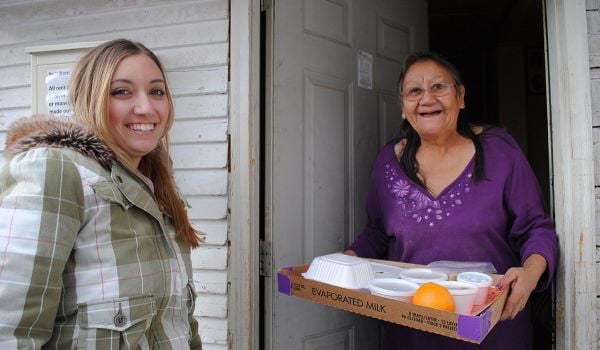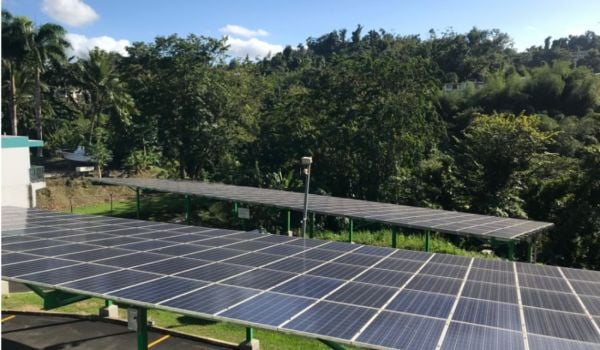Using a tiny shake-table in his laboratory, Piero Cacciola believes he has invented a device that could change the way cities sustain earthquakes. With aluminum, plexiglass, rubber and springs, he has built a small prototype of a “Vibrating Barrier,” or ViBa. It’s a kind of spring-box intended to be placed beneath streets and around buildings to absorb shockwaves. Like ice cubes cooling a glass of water, a system of well-placed ViBas would calm an earthquake at a neighborhood scale.
Over the past decade, a number of earthquake scientists have been shifting their focus from structures to soil. As an earthquake hits a city, shaking buildings emit their own vibrations, creating a kind of echo chamber. Some stiff structures can act as secondary seismic sources; what professionals call “resonant buildings” can cut the ground motion of a city by up to 50 percent.
What if the ground itself was equipped to absorb shockwaves? Cacciola has yet to build or test a full-scale ViBa prototype. It’s hard to approximate real soil conditions on a 50-centimeter shake-table. But in a paper published this month in the Proceedings of the Royal Society, he and Alessandro Tombari reported that a ViBa system could reduce “maximum structural acceleration” by as much as 87 percent, and cut the energy arising from ground motion by 40 to 80 percent. Even 90 meters away, the soothing effects of a ViBa could be detected.
When the team, which also includes the Ph.D. student Laura D’Amico, finally tested a ViBa on a shake table after months of calculations, they were pleased to find that vibrations fell away. “The impact on society could be really massive,” Cacciola tells me.
You could say that Piero Cacciola was born into seismology. The Sicilian city where he grew up, Messina, was the site of the worst earthquake in European history, a catastrophe in which it’s thought that more than 100,000 people died. Messina and nearby Reggio Calabria were flattened.
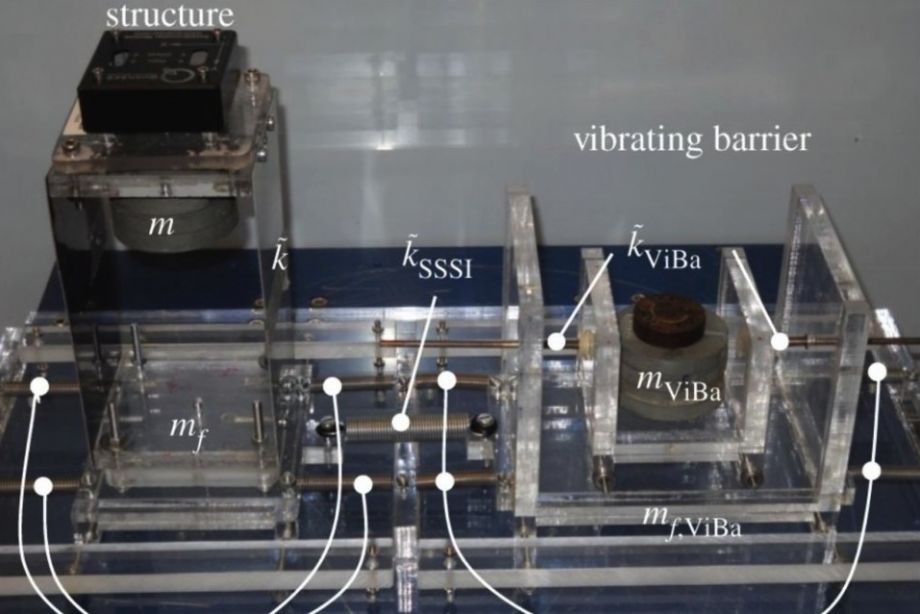
A research team used a shake-table to develop a “Vibrating Barrier,” or ViBa, for earthquake protection.
This was in 1908, long before Cacciola started investigating vibration control and structural engineering. But, he says, his hometown has always borne the marks of its hasty rebirth from the rubble. “You feel the standard of living is influenced after a hundred years. There was not a clear architectural plan, and the aesthetics were really influenced by that kind of rush,” he says, adding, “Which I can fully understand, because a lot of people were without roofs.”
Structural engineers have spent the last century perfecting earthquake architecture at the level of individual buildings. Base isolation pads in the building’s foundations (like insoles in a shoe) can reduce exposure to shocks. Architectural bracing systems, built with shock absorbers, can further secure structures. Another technique is to reduce a building’s rigidity, making it less brittle, or add resonant devices to absorb vibrations. Today, architects can comfortably design quakeproof skyscrapers, like Mexico City’s Torre Mayor, a 57-story building with 96 dampers ready to bear the shocks of an earthquake as large as an 8.5 on the Richter scale.
But putting that technology into older buildings requires renovations that can be costly and disruptive. A seismic retrofit of San Francisco City Hall, completed in the 1990s, cost more than $200 million. In 2013, the city passed a retrofitting law that requires owners to redesign certain existing buildings for quake resistance. For the city’s classic wood-frame buildings, it’s estimated that retrofit costs will be around $100,000 per structure. Those costs will likely be passed on to tenants in the form of higher rents.
Needless to say, such a policy would be impossible to carry out in Port-au-Prince or Manila.
“I thought we had to do something different,” Cacciola says. “We had to protect the building without touching it.”
The concept of the ViBa is simple. It’s a hollow box in which a heavy central weight is supported on all sides by springs. From its place beneath the street, connections to neighboring buildings would funnel wave energy into the oscillator where they could be absorbed.
Protecting structures from earthquakes has long been the responsibility of property owners, albeit one enforced by municipal building codes and insurance companies. But a city where the streets are plugged with Vibrating Barriers would compel a different attitude, transforming seismic protection into a civic responsibility. Like sewers and gas lines, quake resistance would be built into the city’s infrastructural profile. “The Vibrating Barrier becomes a public commitment,” Cacciola says. “It’s a change in mindset.” (ViBas would also reduce more quotidian vibrations, such as the rumblings of trucks or trains, or the clatter of jackhammers.)
The ViBa is far from shovel-ready: It hasn’t yet been tested in the field, or at scale. At least at its current design, the ViBa needs to be dauntingly large — it must contain 50 percent of the mass of the building it’s protecting. That would make installation challenging in the crowded subterranean city. In many of the hastily built areas most in need of protection, Vibrating Barriers might not be as good an investment as simply rebuilding the housing stock.
But Cacciola is convinced that industrial prototyping could refine the ViBa into pragmatic form. He’s already spoken with industrial partners about developing one that could be tested in a quake-prone city like Tokyo. (You can simulate an earthquake with explosives, Cacciola notes, but it’s not the real thing.)
“The big challenge is to convince public agencies to go in the direction of testing it,” he says. “I’m not claiming we’ve solved the issue. But we’re offering an alternate point of view.”
The Science of Cities column is made possible with the support of the John D. and Catherine T. MacArthur Foundation.
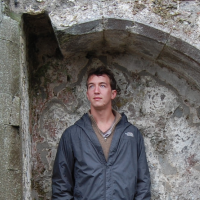
Henry Grabar is a senior editor at Urban Omnibus, the magazine of The Architectural League of New York. His work has also appeared in Cultural Geographies, the Atlantic, The Wall Street Journal and elsewhere. You can read more of his writing here.
Follow Henry .(JavaScript must be enabled to view this email address)


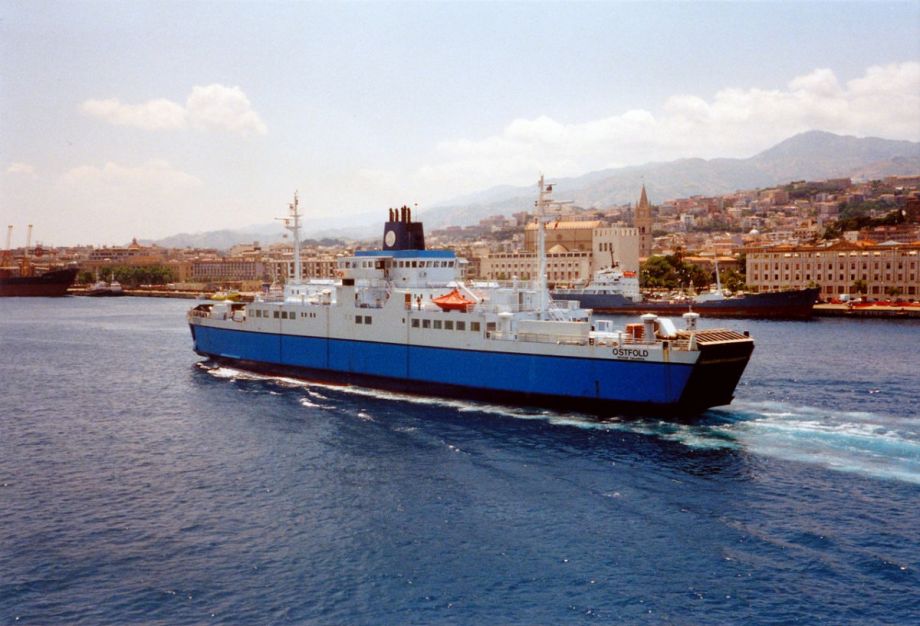


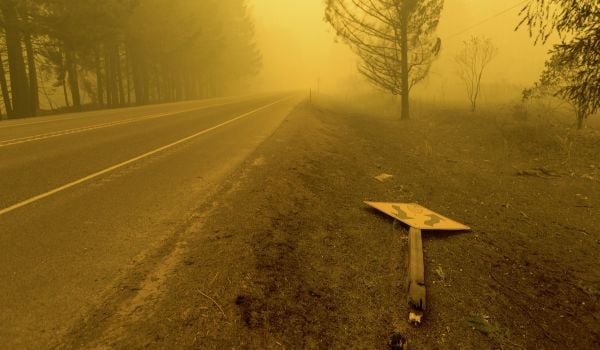
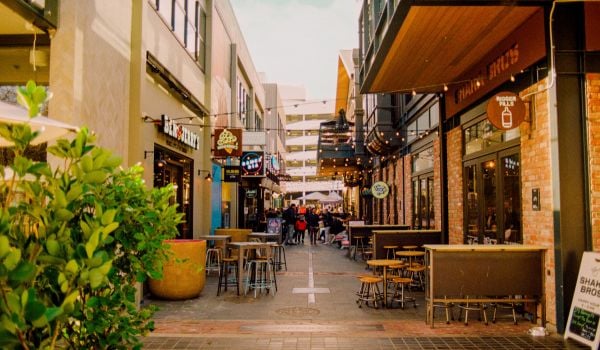
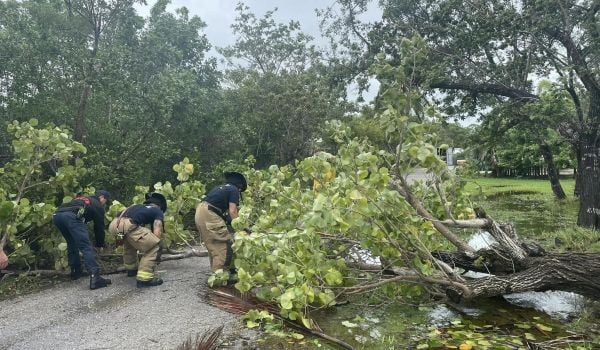
_1200_700_s_c1_600_350_80_s_c1.jpg)
